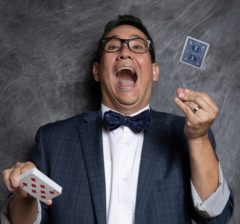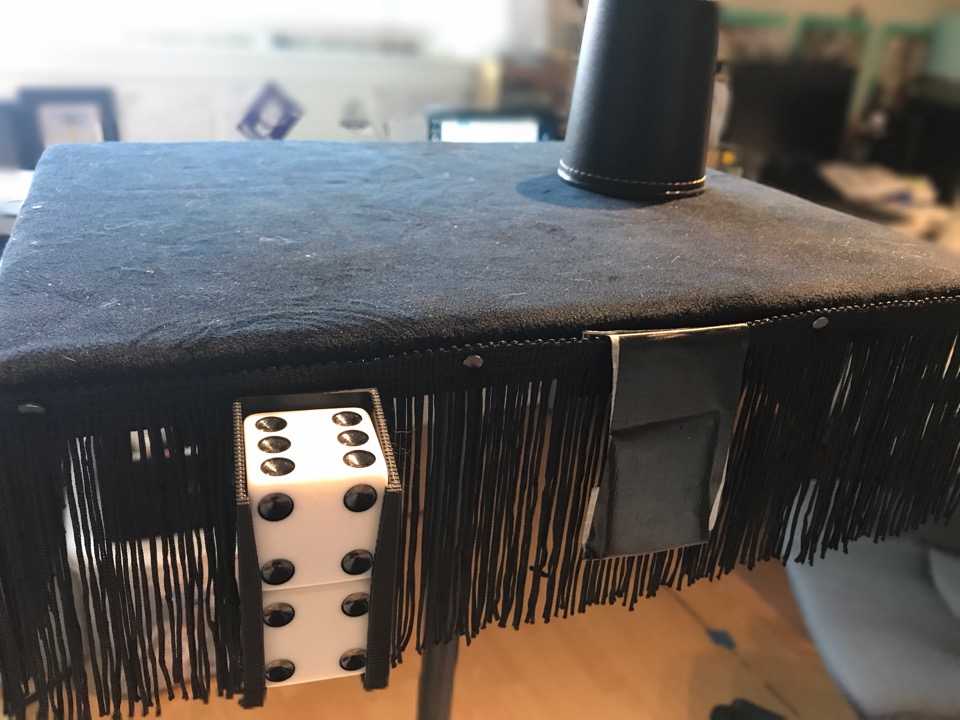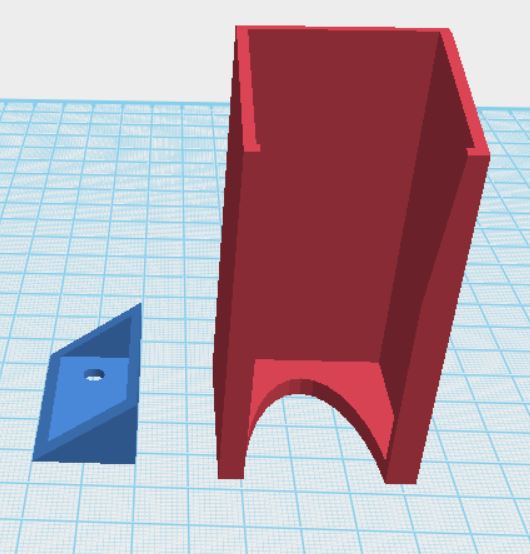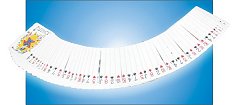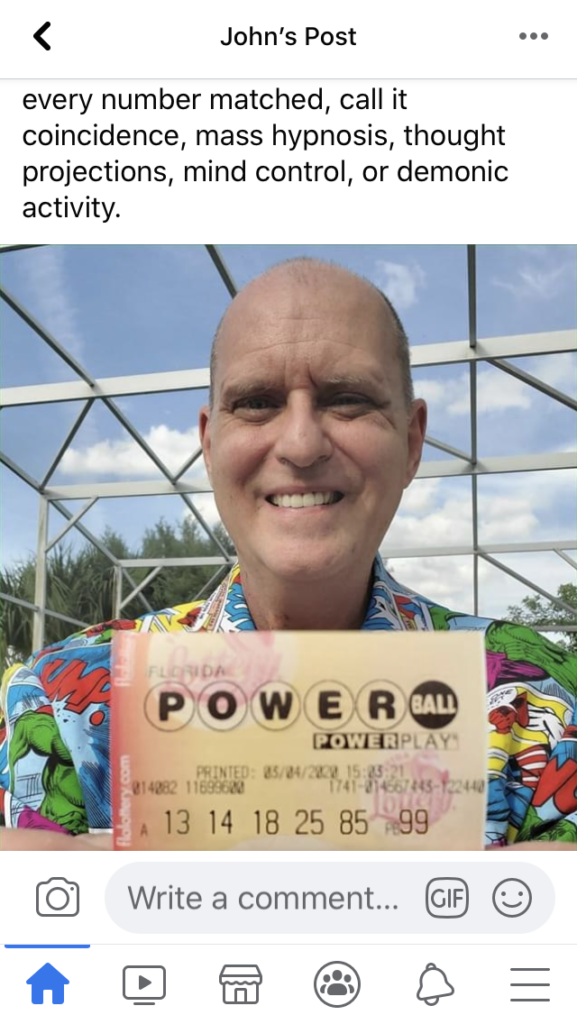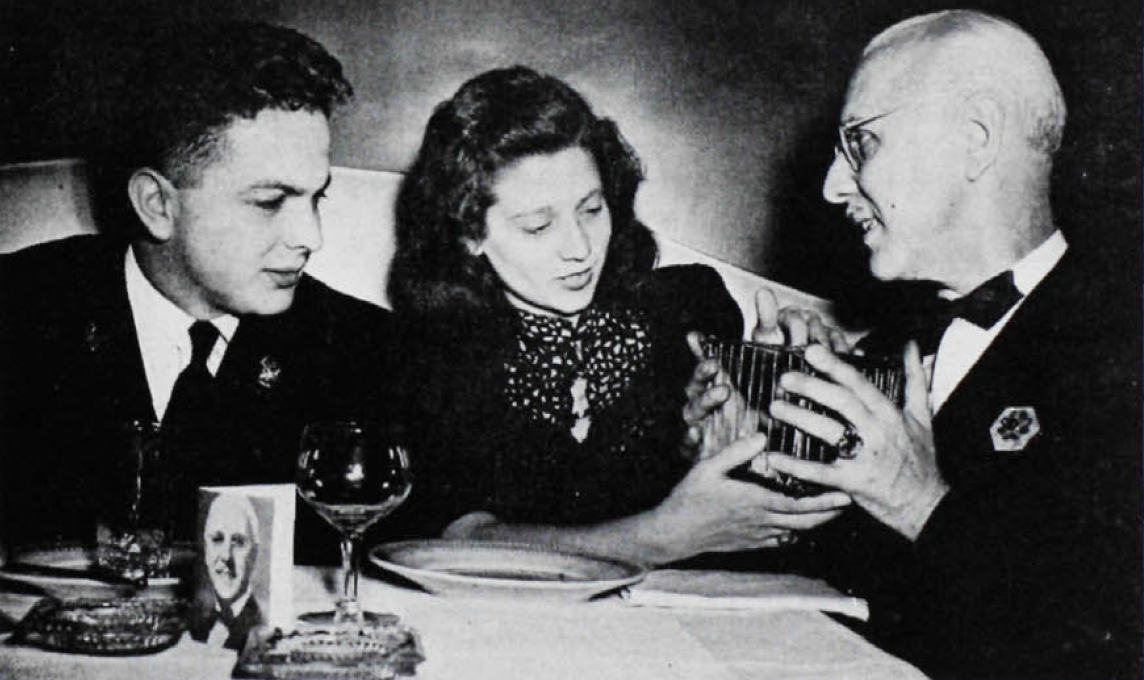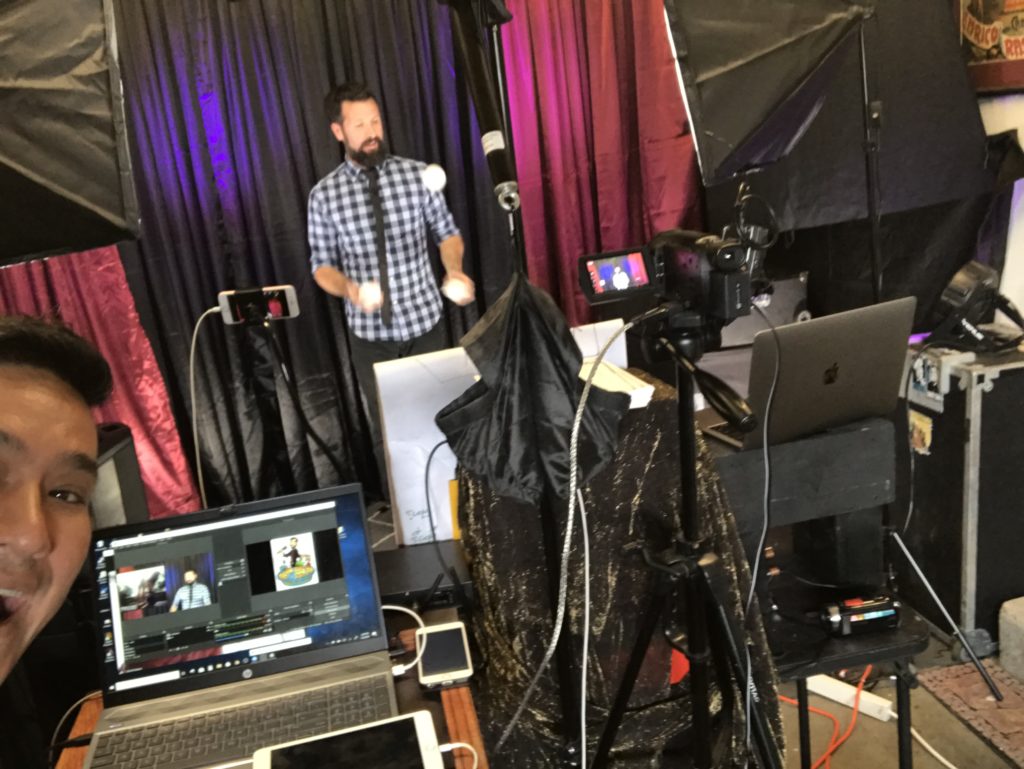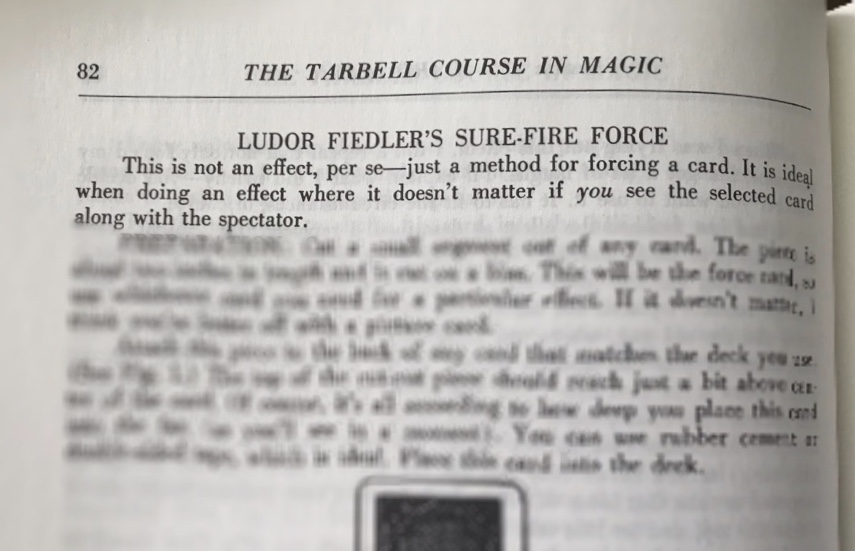One of the things I’ve never really explored much was using a gimmicked table. The main reason is that it doesn’t really work in the venues that I perform in. I rarely have an audience that’s just in front of me, so the stuff hanging off the back of my table would be visible.
Yesterday I 3d printed a dice holder and it worked great. This was to avoid loading from my pocket. Then it got me thinking that I should remove the “two in the hand, one in the pocket” sequence from the routine so that I don’t got to the pocket at all. That would make the routine more deceptive, so I made a servante to ditch the dice into:
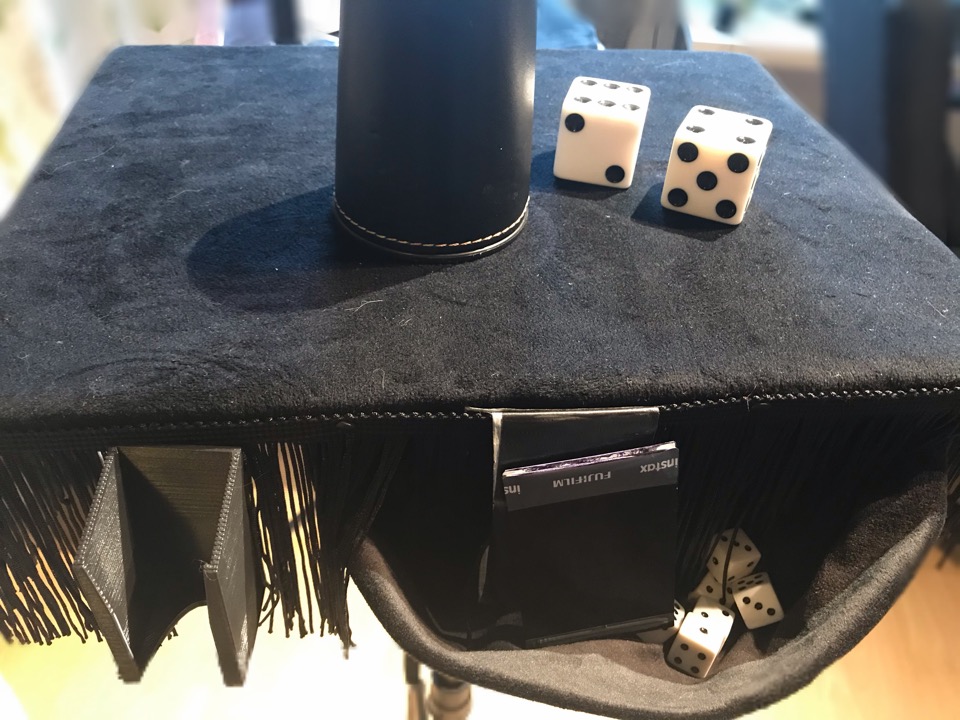
I was playing with a new routine and I’m liking it. I’ve come up with an interesting ditch of the one of the dice, that’s built upon something that I saw Tom Stone do at a lecture. It’s a way to get rid of one of the dice without having to put my hand on the table’s edge. It was part of his talk on “crossing the gaze” and something that’s stuck with me for years.
The new routine is starting to figure itself out, but it’ll be a bit before the sequence starts to get finalized. I’m happy I finally built this.
